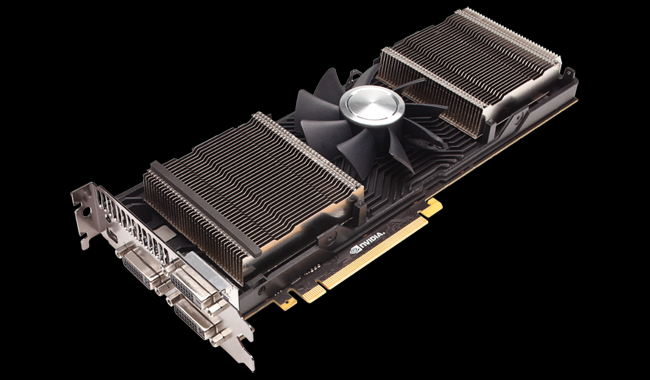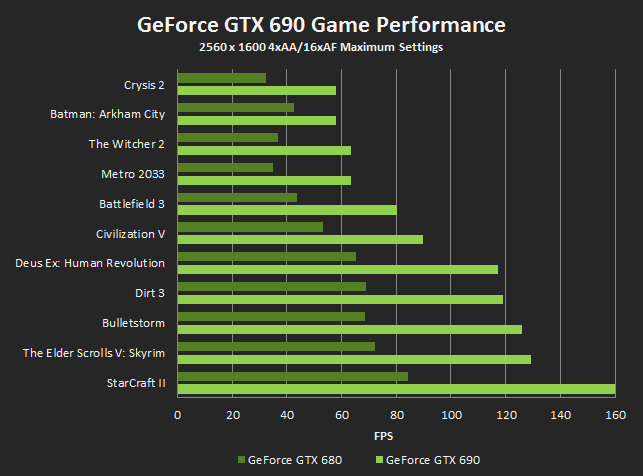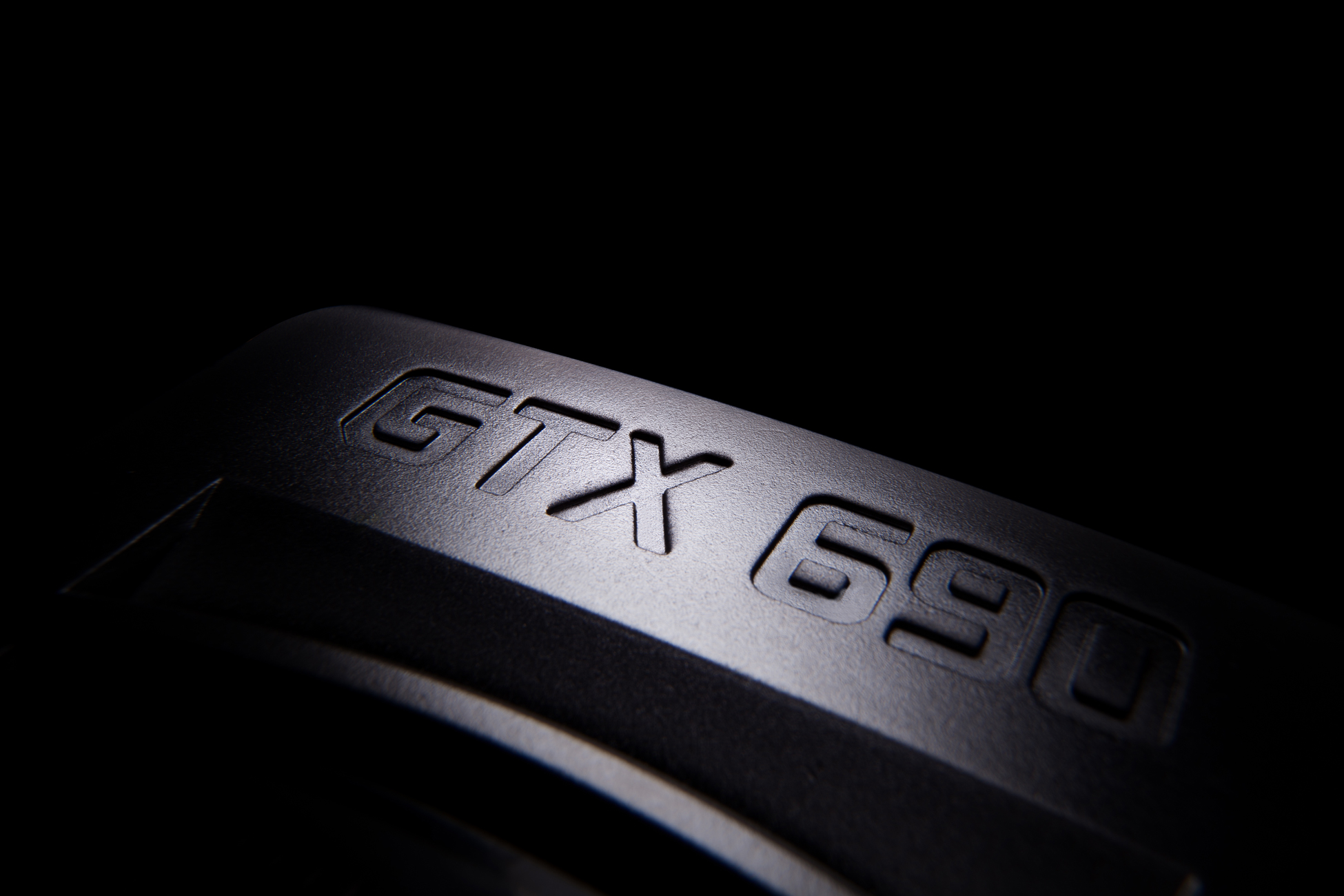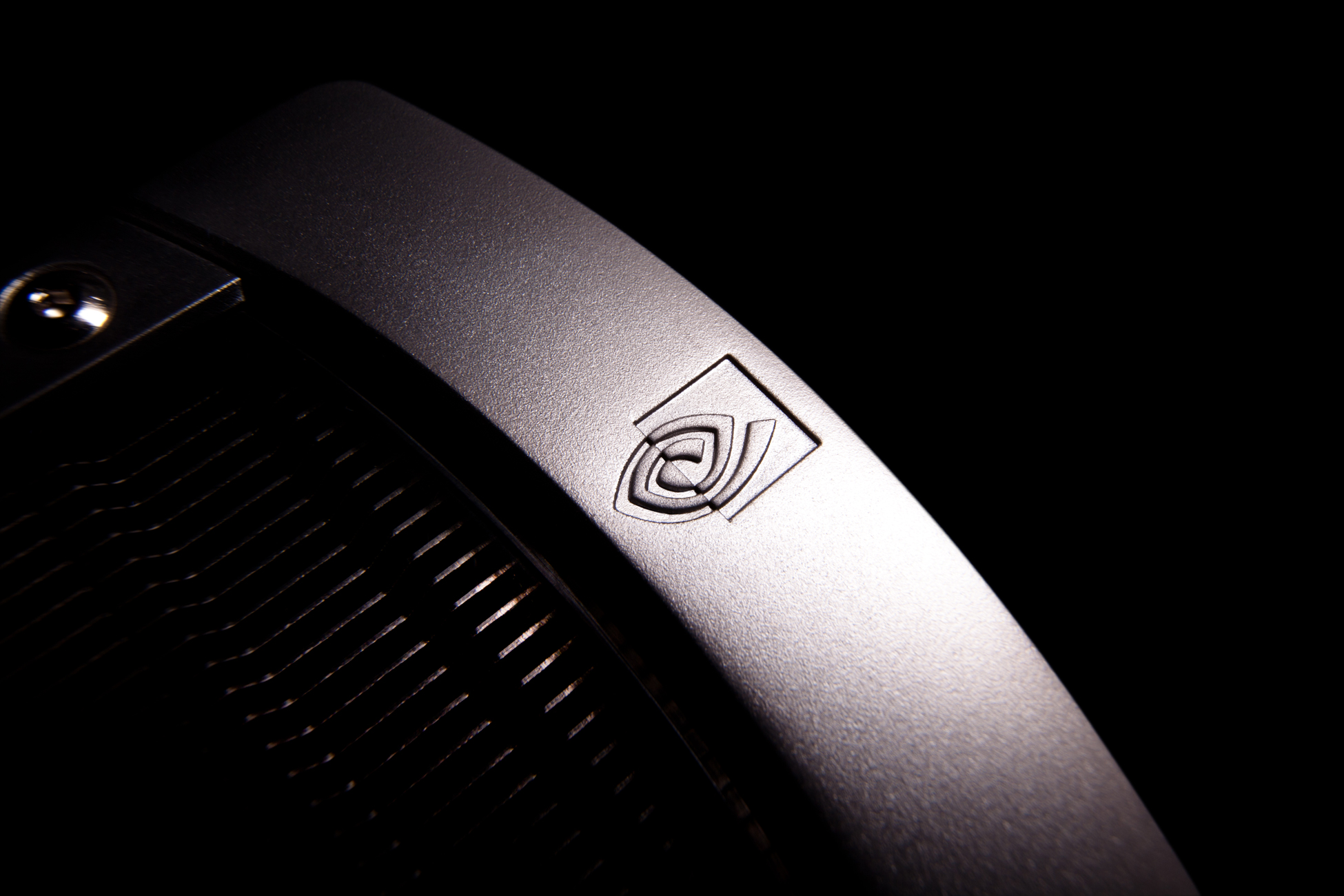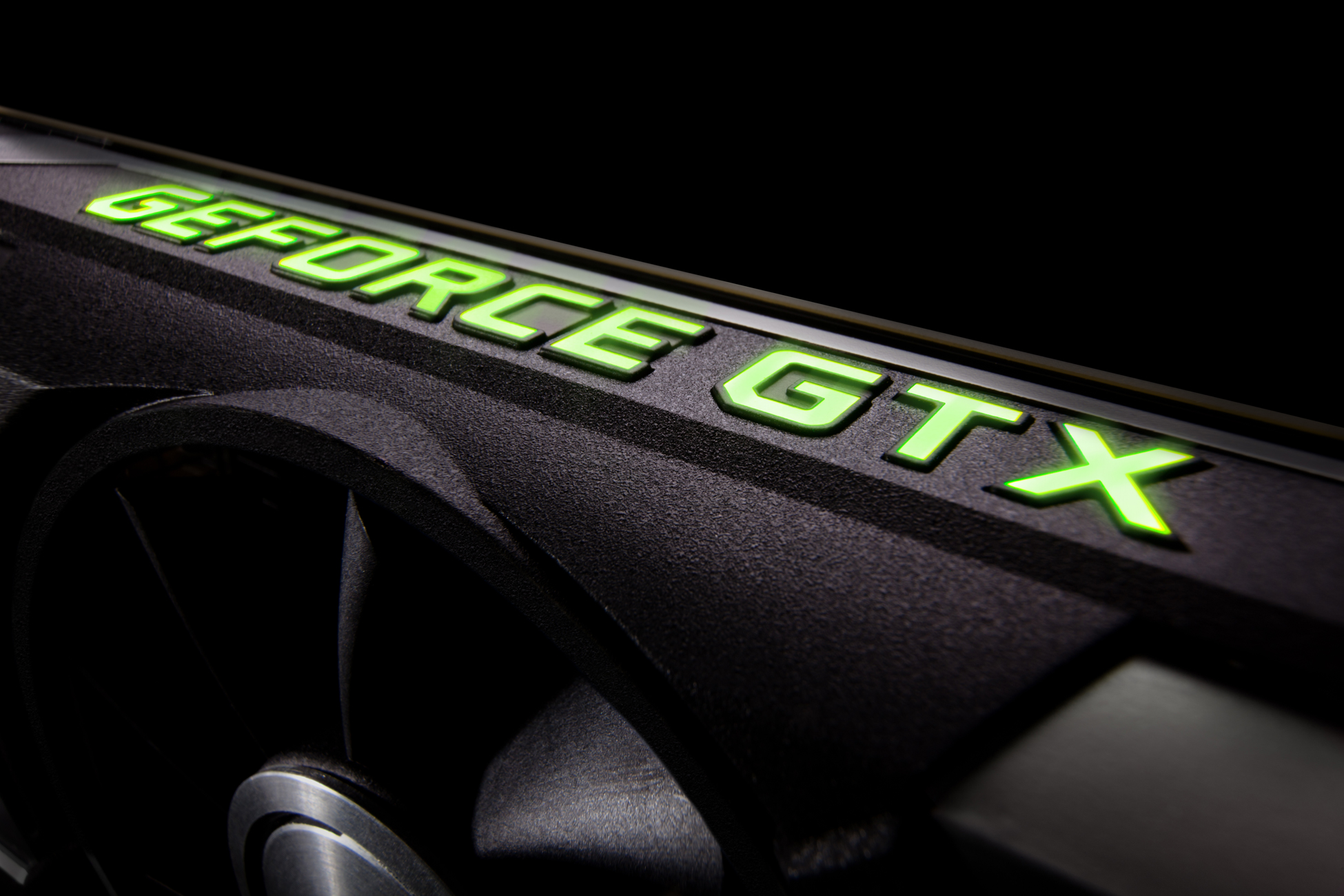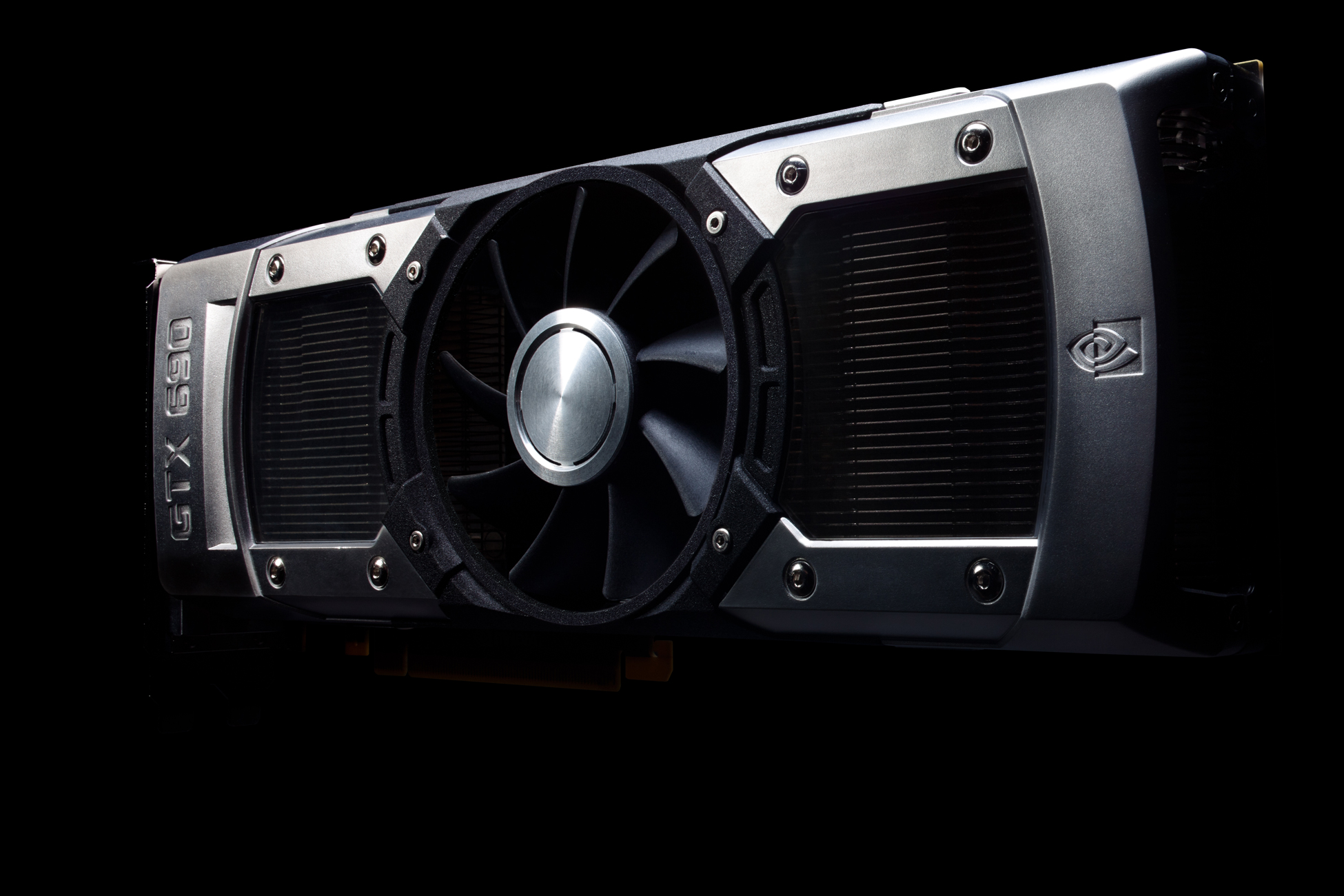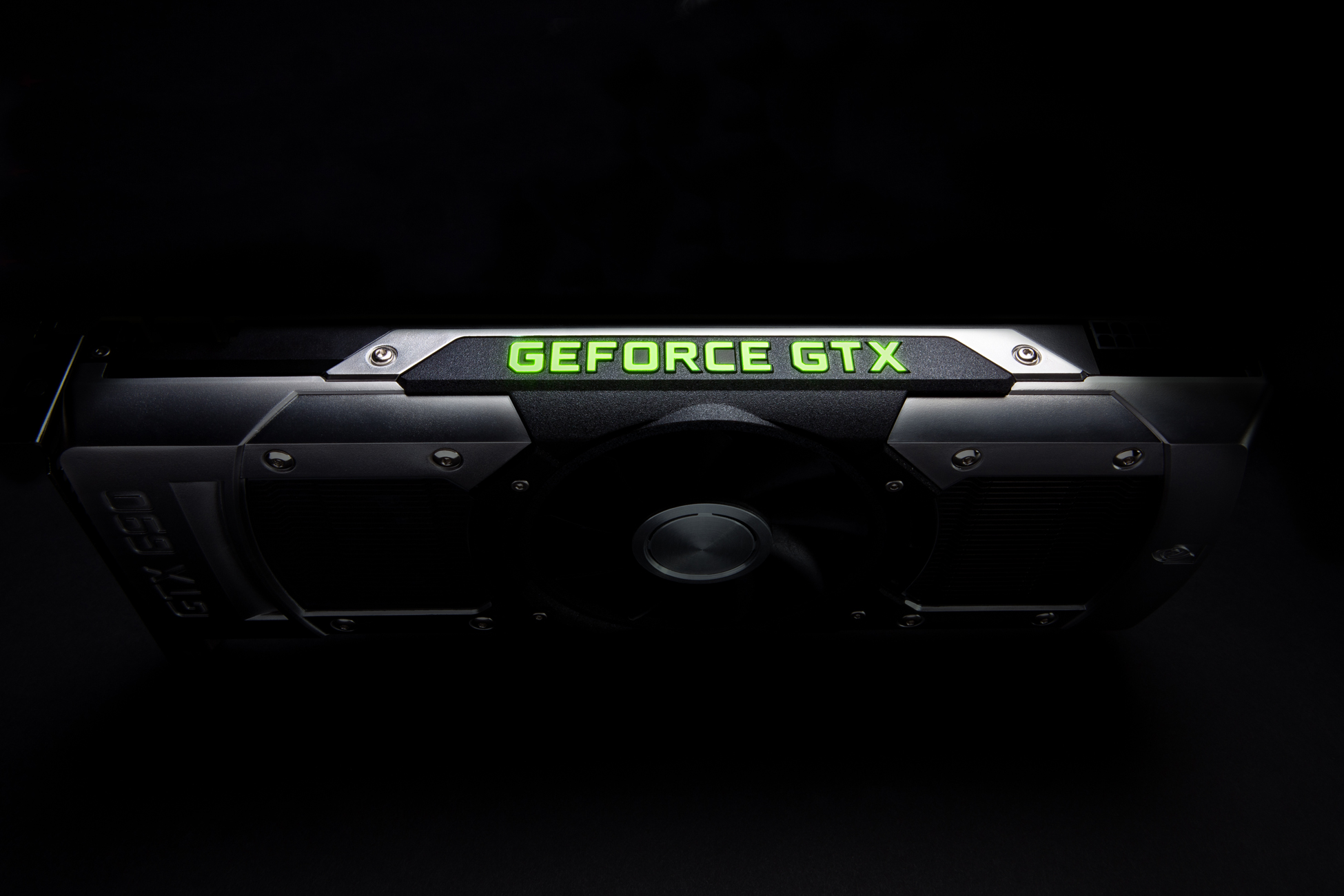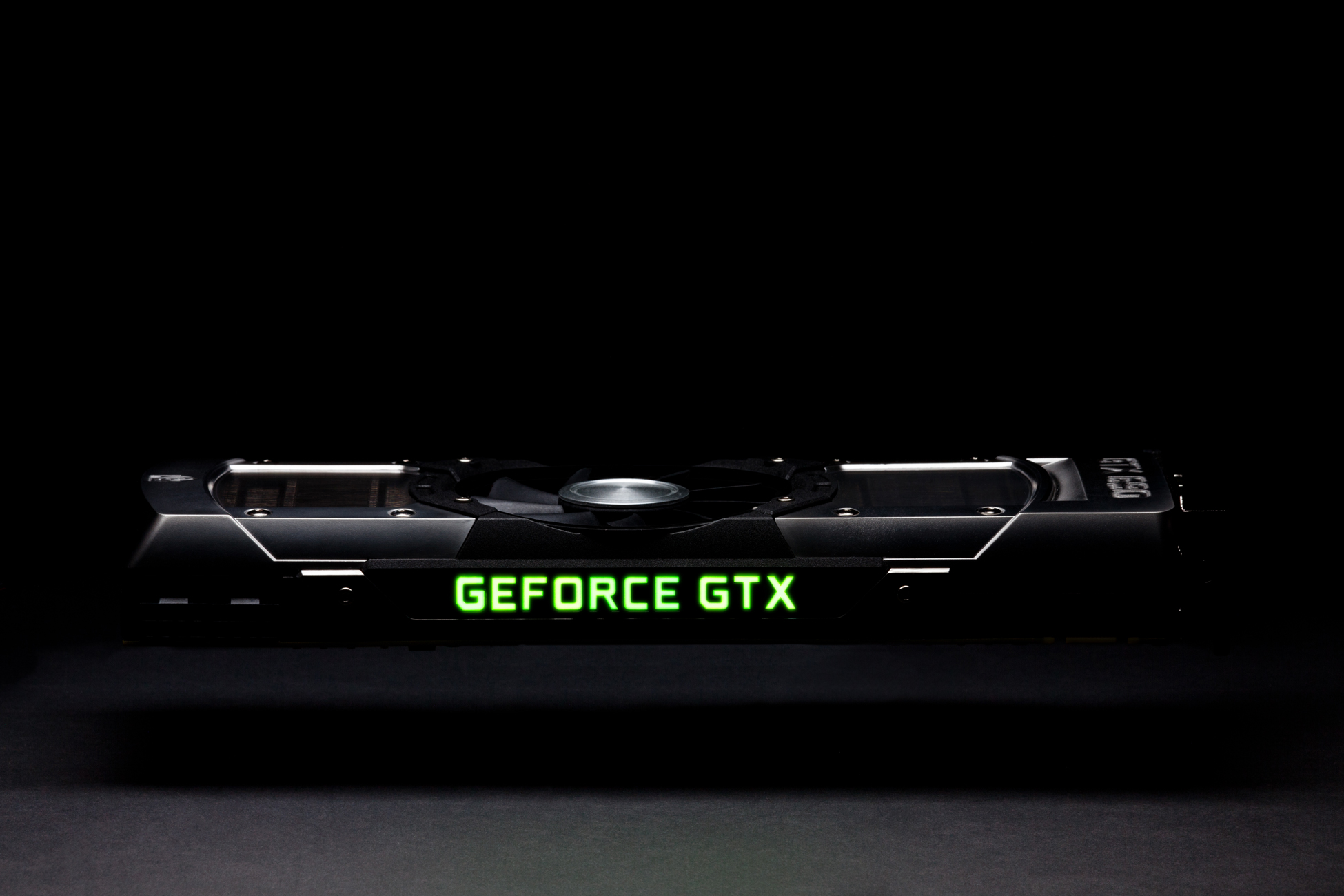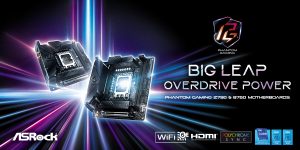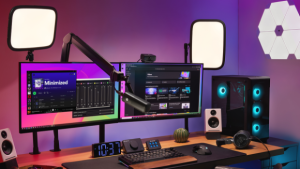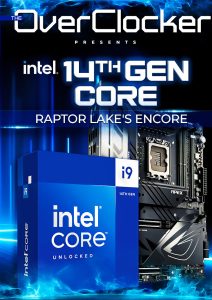GeForce GTX 690 Specifications And Review
When NVIDIA set out to build the Kepler GPU architecture more than four years ago, our primary focus was power efficiency. We found that processors were increasingly being limited by the amount of power they could consume and dissipate. The only way to improve performance was to be able to do more work with the same amount of power.
That was our focus with Kepler, and when the GeForce GTX 680 launched last month, reviewers praised not only its record-setting performance, but also its incredible power efficiency.
Bjorn3D, a website that has tested graphics cards since the Voodoo era, summed it up nicely when it said: “Not only is the Nvidia GeForce GTX 680 the fastest single GPU card, but it is also the most power efficient and quietest high-end flagship card we have ever tested here at Bjorn3D.”
While power efficiency is important to high-performance graphics cards, it becomes critical when building dual-GPU graphics cards. Here, two GPUs must vie for a finite amount of power, cooling, and board space. And it is here that Kepler shines the most.
The new GeForce GTX 690 is NVIDIA’s flagship graphics card. Powered by two Kepler GPUs, it’s both a record setter in 3D performance and incredibly power efficient. In fact, the GeForce GTX 690’s performance is almost identical to a pair of GeForce GTX 680s in SLI, but with significantly reduced power and noise.
Not content with delivering only raw performance, our engineers went a step further. From Ferrari’s F12 Berlinetta to the B&W’s Nautilus loudspeaker, the flagship of any product category is invariably as much about form as it is about function. With the GeForce GTX 690, our engineers and industrial designers set out to create a new visual aesthetic to express the raw, uncompromising power of a dual-GPU Kepler graphics card.
Industrial Design
The industrial design of the GeForce GTX 690 is a direct reflection of what lies beneath the cover: two Kepler GPUs, tremendous graphics horsepower, and a product of exceptional longevity. Visually, the design draws parallels to an F1 engine block with its raw metal look and exposed fin stacks.
The card’s front plate is composed of two different materials. The exterior frame is made of cast aluminum with trivalent chromium plating, giving the board a durable, matte finish. The central fan housing is created from injection molded magnesium alloy. Magnesium alloys are used throughout the automotive and aerospace industry (including the engines of the Bugatti Veyron and F-22 Raptor) for their light weight, heat dissipation, and acoustic dampening properties. To create the intricate geometries required for the fan housing, we used a form of injection molding called thixomolding, in which liquid magnesium alloy is injected into a mold. This allows us to create fine geometries and a tight, perfectly coupled fit.
Cooling and Acoustics
The overall experience of gaming on a high-performance graphics card is very much influenced by its heat and noise output. The ideal card is fast, but stays cool and quiet.
The GeForce GTX 690 is cooled via a pair of custom vapor chamber heat sinks. Unlike a traditional heat sink that uses conduction to move heat away from the GPU, a vapor chamber exploits the superior heat conducting characteristics of evaporation. Inside each vapor chamber is a small amount of purified water. As the GPU heats up, the water evaporates, carrying away heat in the process. Once the vapor reaches the top of the fin stack, it cools, condenses, and the process repeats itself. It’s similar to a miniature form of water cooling but, because the liquid is entirely self contained, there’s no need for tubing and no chance of leaks.
Channeling air through the heat sinks is a center-mounted axial fan. The smoother the airflow, the lower the noise output. Here, our engineers spent considerable effort optimizing the fin pitch and angle at which the air hits the fin stack. The area directly underneath the fan is carved with low-profile channels to encourage smooth airflow and all components under the fan are low-profile so they won’t cause turbulence or obstruct airflow. Our acoustic engineers also fine-tuned the fan’s control software so changes in fan speed occur gradually rather than in discrete steps.
The sum total of these efforts is not only in lower noise output, but also a less-perceptible noise. By eliminating board clutter, high-frequency sounds are removed. When you listen to the fan alone, it’s clean and smooth.
Performance
A dual-GPU graphics card is similar to two-way SLI condensed into a single graphics card. Historically, though, the dual-GPU card has always lagged behind its SLI counterpart in terms of performance. When two GPUs are brought onto the same card, their combined heat output outstrips the capacity of even the most capable cooler. As a result, clock speeds must be lowered. For example, in the Fermi generation, the fastest single-GPU graphics card had a graphics clock speed of 722 MHz and a memory data rate of 4008MHz. On the dual-GPU card, the graphics clock was 607 MHz and the memory data rate was 3212 MHz.
This is where Kepler’s fanatical focus on power efficiency pays off most handsomely. The GPUs on the GeForce GTX 690 have a boost clock of 1019 MHz, just a hair (2.8%) shy of the GeForce GTX 680 at 1058 MHz. What’s more, all other specs are identical; the number of cores, memory speed, and memory bandwidth per GPU are the same on both cards.
What this means is that the GeForce GTX 690 performs more or less just like a pair of GeForce GTX 680s in SLI; almost nothing was compromised in bringing two Kepler GPUs to the same board.
GeForce GTX 690 Specifications
| CUDA Cores | 3072 |
| Base Clock | 915 MHz |
| Boost Clock | 1019 MHz |
| Memory Configuration | 4GB / 512-bit GDDR5 |
| Memory Speed | 6.0 Gbps |
| Power Connectors | 8-pin + 8-pin |
| TDP | 300W |
| Outputs | 3x DL-DVI Mini-DisplayPort 1.2 |
| Bus Interface | PCI Express 3.0 |
In gaming performance, the GeForce GTX 690 is truly amazing, playing almost all of today’s games at maximum settings with little effort. To really stretch its legs, you want to hook up three monitors and play your favorite games at 5760 x 1080, in NVIDIA Surround mode or, better still, in NVIDIA 3D Vision Surround.
Quad SLI
Despite the stupendous performance of the GeForce GTX 690, some gamers are destined to clamor for more. That’s where Quad SLI comes in. When two GeForce GTX 690s are connected via an SLI motherboard, four GPUs work in unison in Quad SLI mode. Each GPU works on a distinct frame for a total of four frames in flight at a given time. The resulting performance is simply otherworldly.
In Battlefield 3, at 2560 x 1600 with all settings maxed out, the framerate exceeds 120 FPS. Crysis 2 runs just shy of 100 FPS. And in the most demanding game, Metro 2033, the performance scales almost linearly to reach 56 FPS.
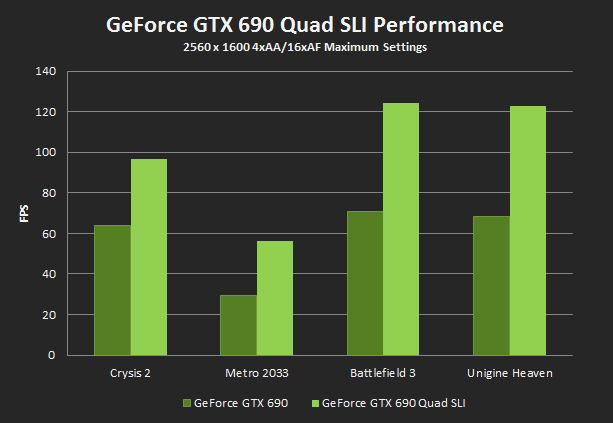
Quad SLI improves performance by 50-90% in graphically intensive titles.
Click for larger image
Smoother Edges and Smoother Framerates
NVIDIA FXAA and Adaptive V-Sync, two technologies we introduced at the GeForce GTX 680 launch, become even more useful on the GeForce GTX 690.
Gaming at high resolutions, especially in Surround mode, consumes a large amount of memory. Traditional MSAA, which typically consumes 4x the memory, often becomes impractical to use. FXAA, on the other hand, consumes no additional memory and achieves comparable if not superior results, making it possible to game at oversized resolutions with antialiasing enabled.
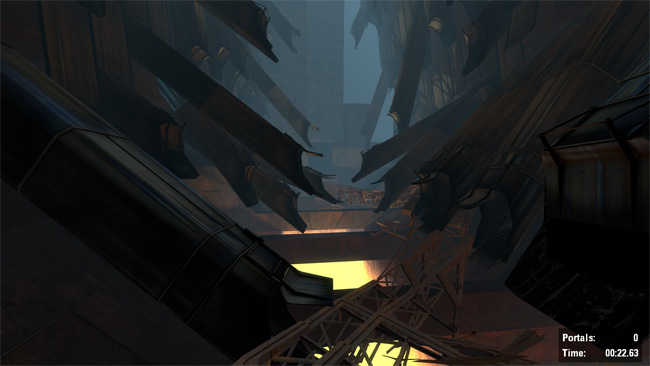
FXAA in Portal 2. Click here for a zoomed 4xMSAA vs. FXAA comparison.
Click for larger image
Similarly, Adaptive V-Sync, which toggles V-Sync on and off depending on the frame rate, is a natural partner to the GeForce GTX 690. At very high frame rates, frames tear not just in two, but into multiple, discrete bands. With Adaptive V-Sync enabled, a solid 60 FPS can be maintained without tearing. And should the frame rate dip below 60, V-Sync is dynamically disabled to prevent stuttering.
Improved Frame rate Metering
Kepler introduces hardware based frame rate metering, a technology that helps to minimize stuttering. In SLI mode, two GPUs share the workload by operating on successive frames; one GPU works on the current frame while the other GPU works on the next frame. But because the workload of each frame is different, the two GPUs will complete their frames at different times. Sending the frames to the monitor at varying intervals can result in perceived stuttering.
The GeForce GTX 690 features a metering mechanism (similar to a traffic meter for a freeway entrance) to regulate the flow of frames. By monitoring and smoothing out any disparities in how frames are issued to the monitor, frame rates feel smoother and more consistent.
Conclusion
The work of integrating two full fledged-GPUs onto a single board is a tremendous engineering challenge. It is a perpetual tug of war between the constraints of performance, power, heat, and noise. The end product is almost always a compromise.
The GeForce GTX 690 may very well be the first dual-GPU graphics card that emerged in full form, free from compromise. It’s the world’s fastest graphics card by a wide margin. It’s quieter and consumes less power than its predecessor. It’s crammed with features that eliminate jaggies and sustains smooth framerates. And to top it off, it’s made of the finest materials, expertly constructed, and with a look that speaks directly of the power that is housed within.
At a MSRP of $999, it’s not a graphics card for everyone. But for enthusiasts who demand the very best and gamers who want a graphics card that will last for generations, the GeForce GTX 690 represents the ultimate in gaming from NVIDIA. Source – GeForce.com


